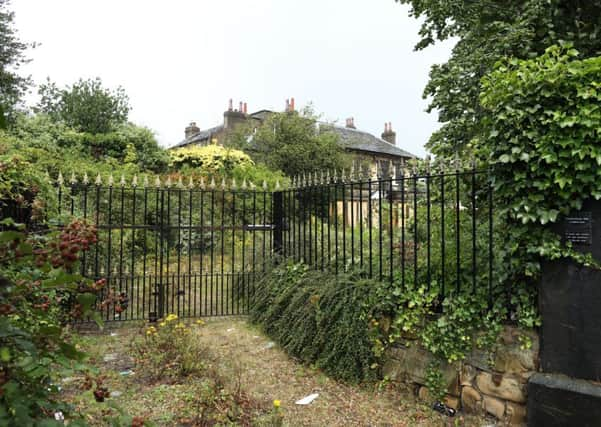Homes plan for historic hall


Plans have been drawn up to create three homes in Featherstone Hall, restore its coach house, and demolish the stable block and conservatory to make way for 11 more new homes in its grounds.
Featherstone councillor Graham Isherwood said he was pleased the site “would not be left to rack and ruin”.
Advertisement
Hide AdAdvertisement
Hide AdBut Ian Clayton, who lives nearby, has mixed views about the plan. The writer and broadcaster said: “In a time when there is a massive housing shortage, it is almost impossible to object to more housing being built.


“But it is a pity that we do not appreciate the history that’s on our doorstep as much as we ought to do. I am pleased the house itself is going to be preserved, but what about the gardens and land with it?
“It has a very important and interesting history and it’s going to disappear.”
Mr Clayton, who has researched the hall’s history, said he wanted to inform people about the heritage of the site, believed to date back to the 1700s.
Advertisement
Hide AdAdvertisement
Hide AdOriginally a farmhouse, it was first recognised as a hall, Mr Clayton says, in 1842.


It was at this point taken over by Jeremiah Bourn Faviell, who sat on the committee for the Wakefield to Goole railway company. Mr Faviell laid out the hall’s gardens and was recognised for growing a Cantaloupe melon weighing 121lbs.
Mr Clayton said the hall was then home to several farmers, before being taken over by pit owners George Bradley in 1865 and then the First Baron Masham in 1890.
It was lived in by pit manager Alfred Holiday in the late 19th century and later by his son Roslyn Holiday.
Advertisement
Hide AdAdvertisement
Hide AdRoslyn’s wife Amelie, an artist, designed an exotic bird conservatory where she kept parrots.
In 1939, Dr Robert Forster took over the building and later ran a medical practice there. Mr Clayton said the hall was then lived in by Mr Forster’s son from 1952 until several years ago.
Planning documents submitted to Wakefield Council state the renovation aims to “retain heritage assets including Featherstone Hall, which is currently in a poor state of repair”.